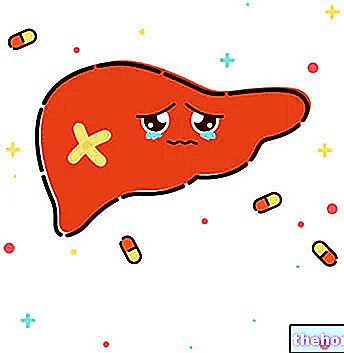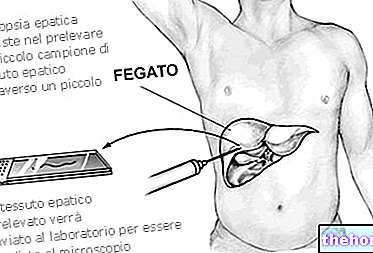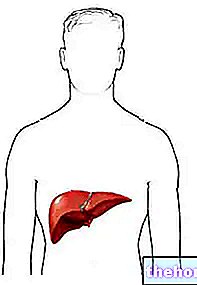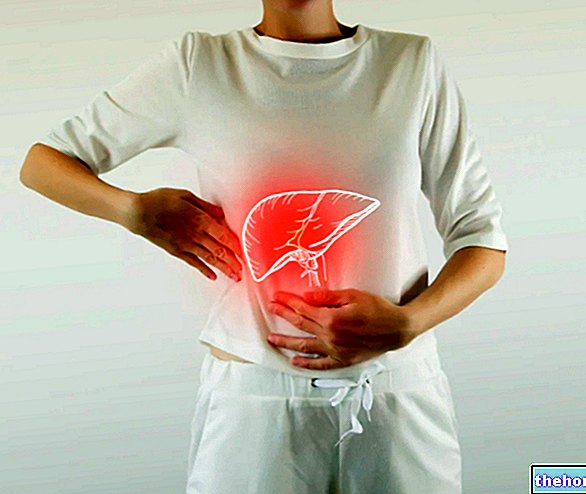Generality
Hepatotoxic drugs are drugs used for the treatment of very different pathologies, which among the various side effects include a "potentially harmful effect on the liver.

The liver is a fundamental organ, which carries out many activities within our organism, among which we find the metabolism of drugs. However, some drugs, or some products deriving from their metabolism, can cause damage - sometimes even very serious - to the cells liver diseases, thus compromising their correct functionality.
Types of Hepatotoxicity
Hepatotoxic drugs can cause liver damage of various kinds. Such damages can be classified in different ways and with different criteria.
A first possible classification is that which defines liver damage as adverse reactions deriving from the administration of hepatotoxic drugs and which divides these reactions into two categories:
- Type A reactions: these are so-called predictable and dose-dependent reactions. These reactions are characterized by a "high incidence and, usually, are represented by hepatocellular necrosis, which can be caused directly by a drug, or by one of its metabolites. An example can be that of paracetamol, whose metabolism leads to the formation of a toxic metabolite that, at low doses, the liver is able to neutralize, while at high doses it is not.
- Type B reactions: These reactions are unpredictable, dose-independent and characterized by a low incidence. Typically, type B reactions are idosyncratic or immune-mediated and may present in the form of acute hepatitis, chronic active hepatitis, granulomatous hepatitis, cholestasis (with or without hepatitis), chronic cholestasis, steatosis, acute hepatocellular necrosis, and liver tumors.
The timing with which hepatotoxic drugs can cause type A reactions can vary from a few days to a few weeks; while type B reactions can appear even months or even years after the administration of the hepatotoxic drugs in question began.
A further subdivision can be made according to the type of damage caused by hepatotoxic drugs. In this case, we can distinguish:
- Hepatocellular damage;
- Damage of cholestatic type;
- Mixed type damage.
Mechanisms of Hepatotoxicity
The mechanisms of action through which hepatotoxic drugs can induce liver damage are manifold. Among these, we remember:
- Formation of radical species that induce oxidative stress thus damaging liver cells;
- Damage to the cellular organelles of hepatocytes, such as, for example, mitochondria;
- Interaction with hepatic microsomal systems;
- Interactions and consequent damage to the cells making up the bile ducts;
- Interaction of the drug, or of its metabolites, with molecules present on the membrane of hepatocytes, or contained within them, which can lead to the blocking of normal cellular functions or the blocking of chemical reactions absolutely necessary for the survival of the cells.
Types of Hepatotoxic Drugs
Hepatotoxic drugs are numerous and belong to the most diverse therapeutic classes, from anti-inflammatories, to go through antidepressants and antibiotics, up to immunosuppressants and anticancer drugs (those just listed are however only some of the classes of drugs that include within them potentially hepatotoxic active ingredients).
However, to have a simpler picture, all these hepatotoxic drugs can be grouped according to the type of liver damage they are capable of causing.
In this regard, we can divide such drugs as follows:




























